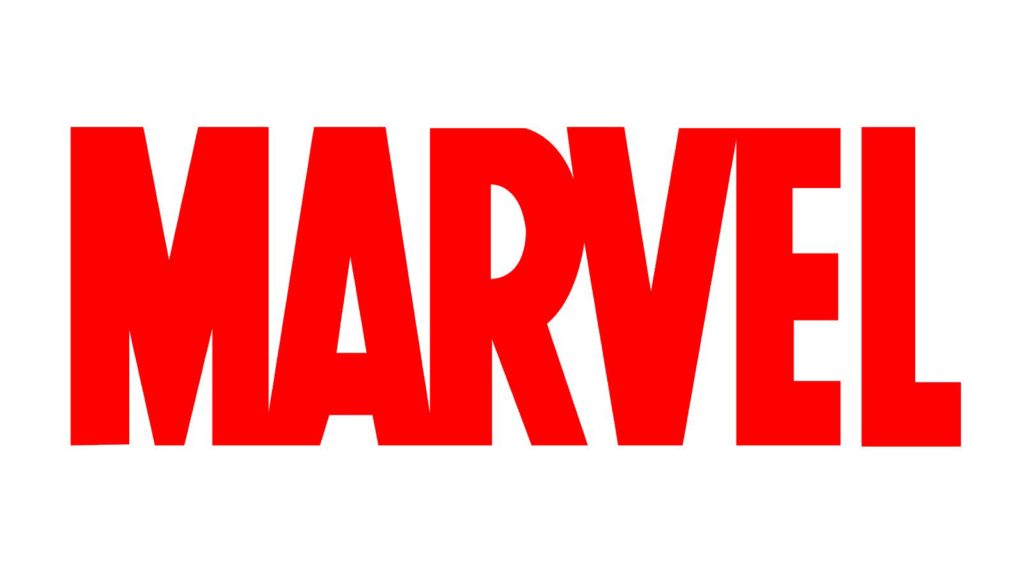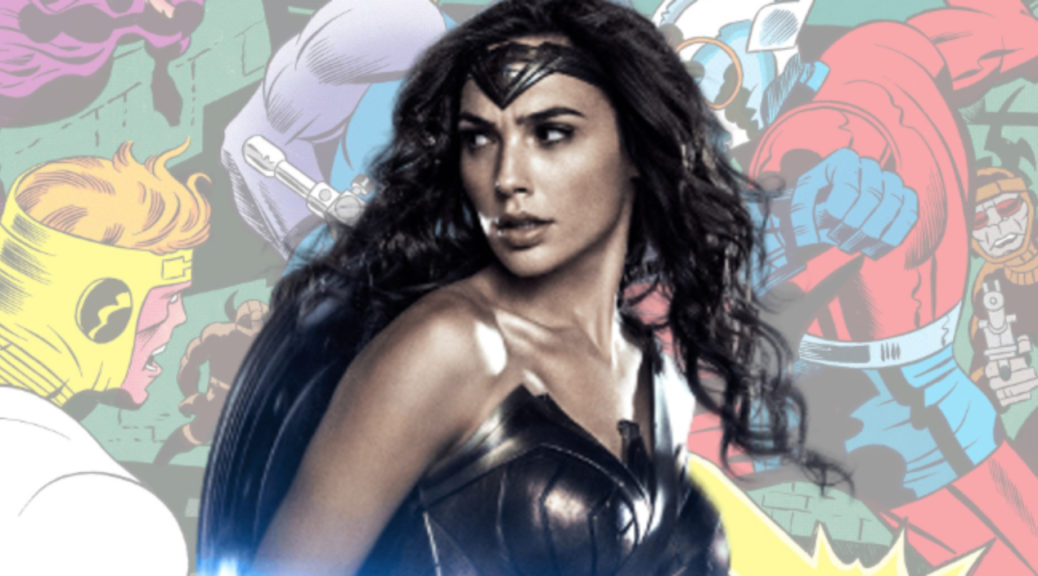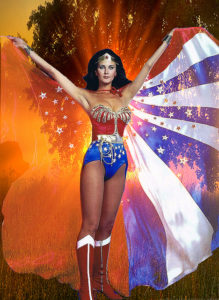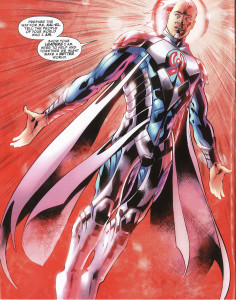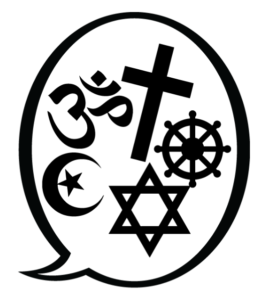 Call for Papers:
Call for Papers:
Religion and Comics, A New Book Series from Claremont Press, Claremont School of Theology
The new Claremont Press Religion and Comics series is pleased to welcome submissions for book proposals. This interreligious and ecumenical series is looking for volumes covering multiple topics related to the intersection of religion and comics, including, but
not limited to the following:
- Representations of Christian Fundamentalism in Comics
- Eschatology and Comics
- Magic and Comics
- Religion in the Comics of Grant Morrison
- Religion in the Comics of Alan Moore
- Religion in the Comics of Neil Gaiman
- Religion in the Comics of G. Willow Wilson
- Religion in Image Comics
- Religion in Locke & Key
- Religion and Hellboy
- Depictions of the Afterlife in Comics and Graphic Novels
- Jinn and Other Spiritual Beings in Comic Books
1-2 page book proposals should be sent to series editors Matthew Brake and A. David Lewis as the following e-mail address: popandtheology@gmail.com
